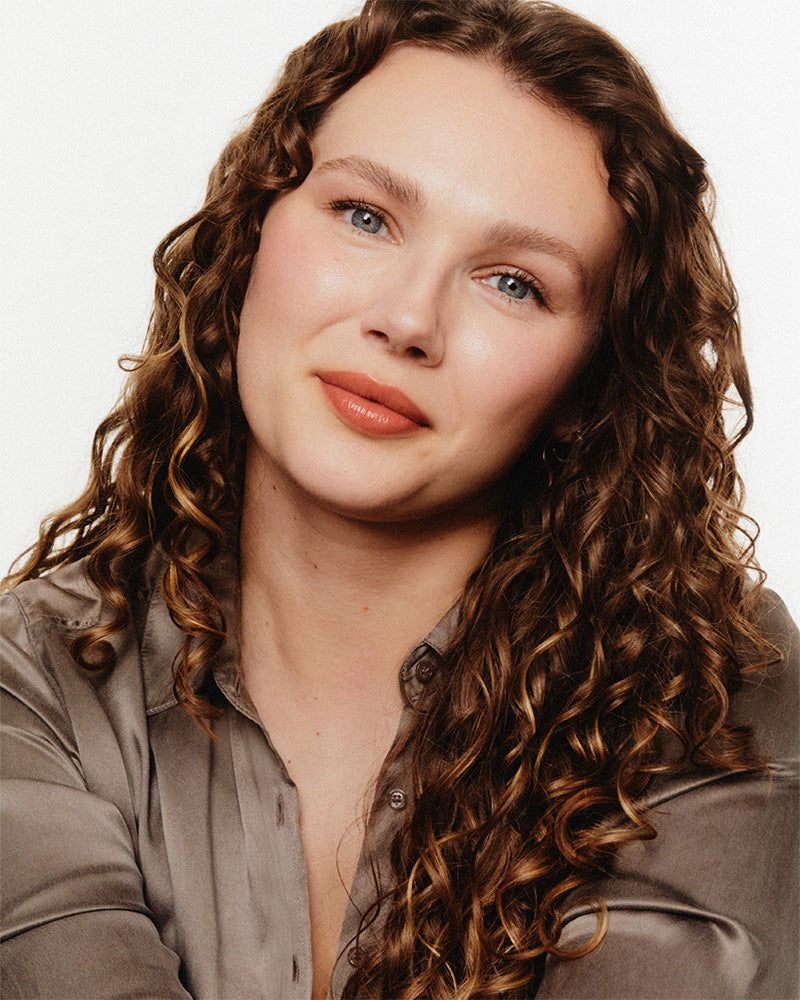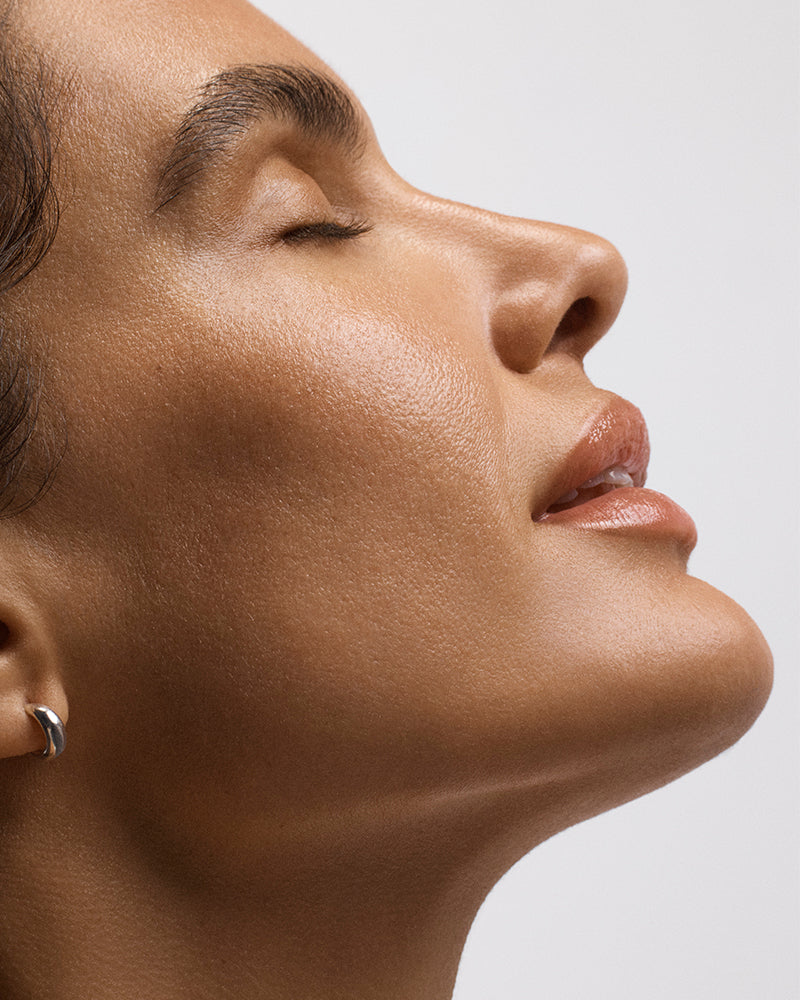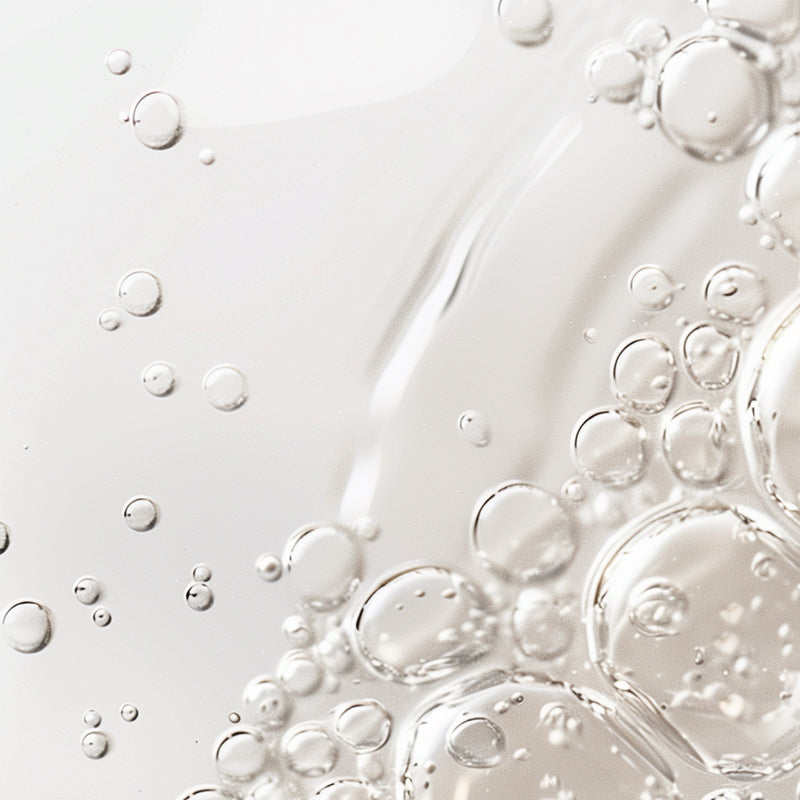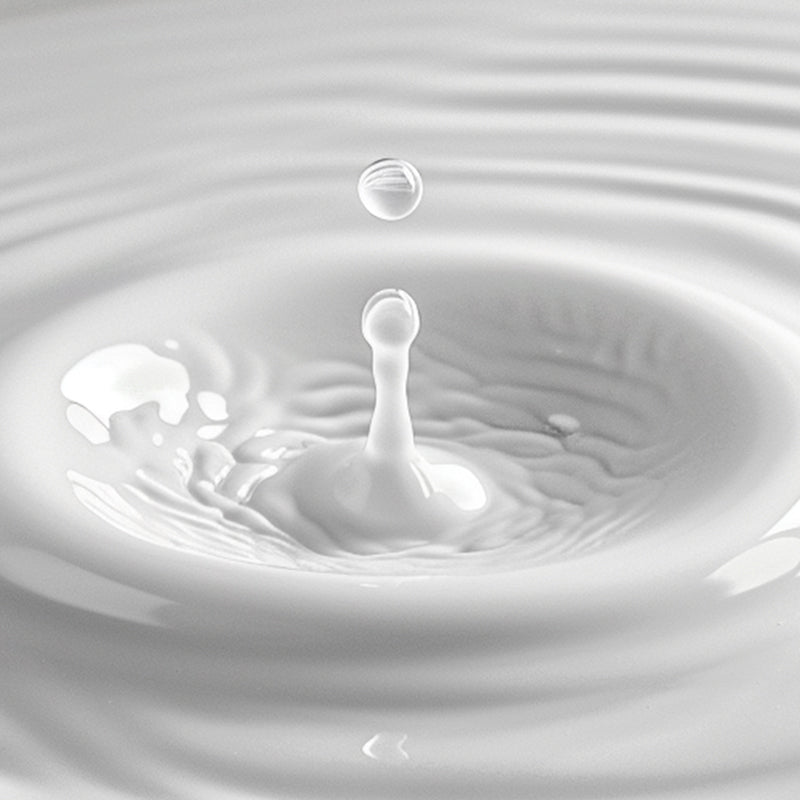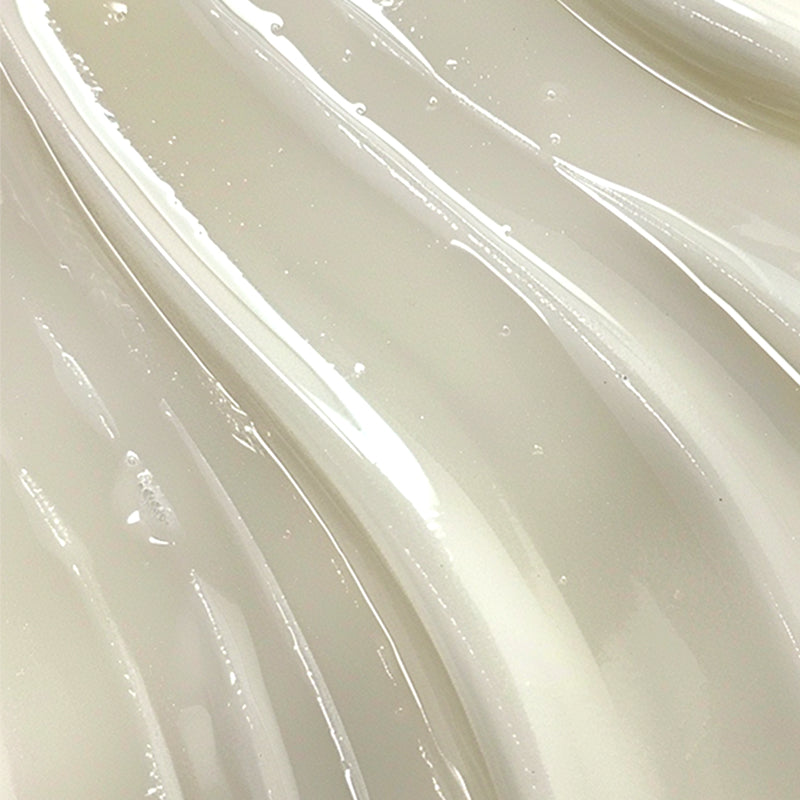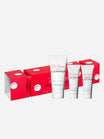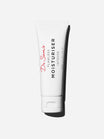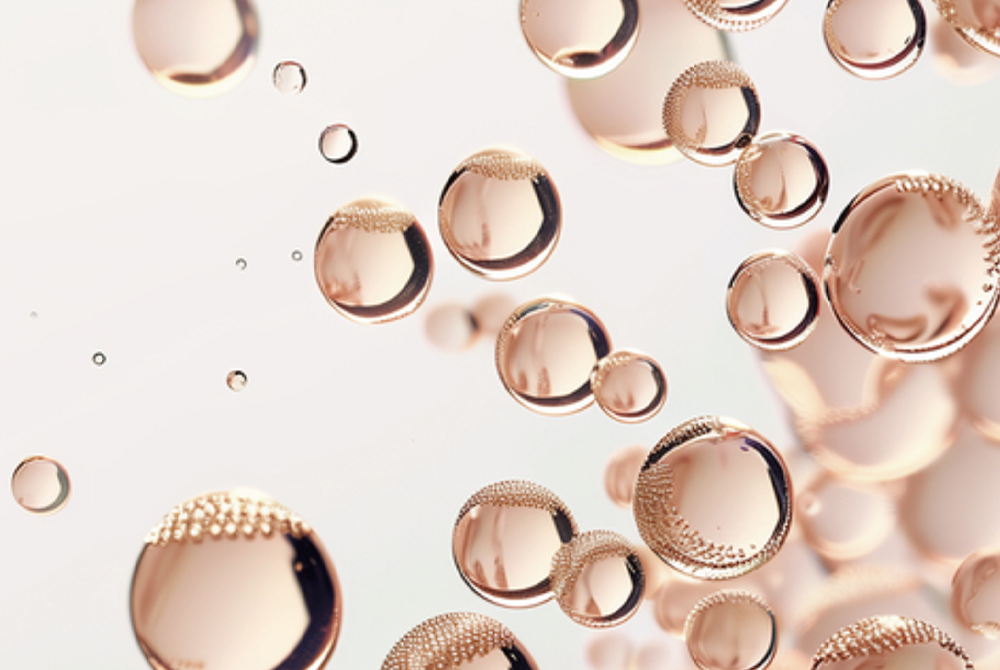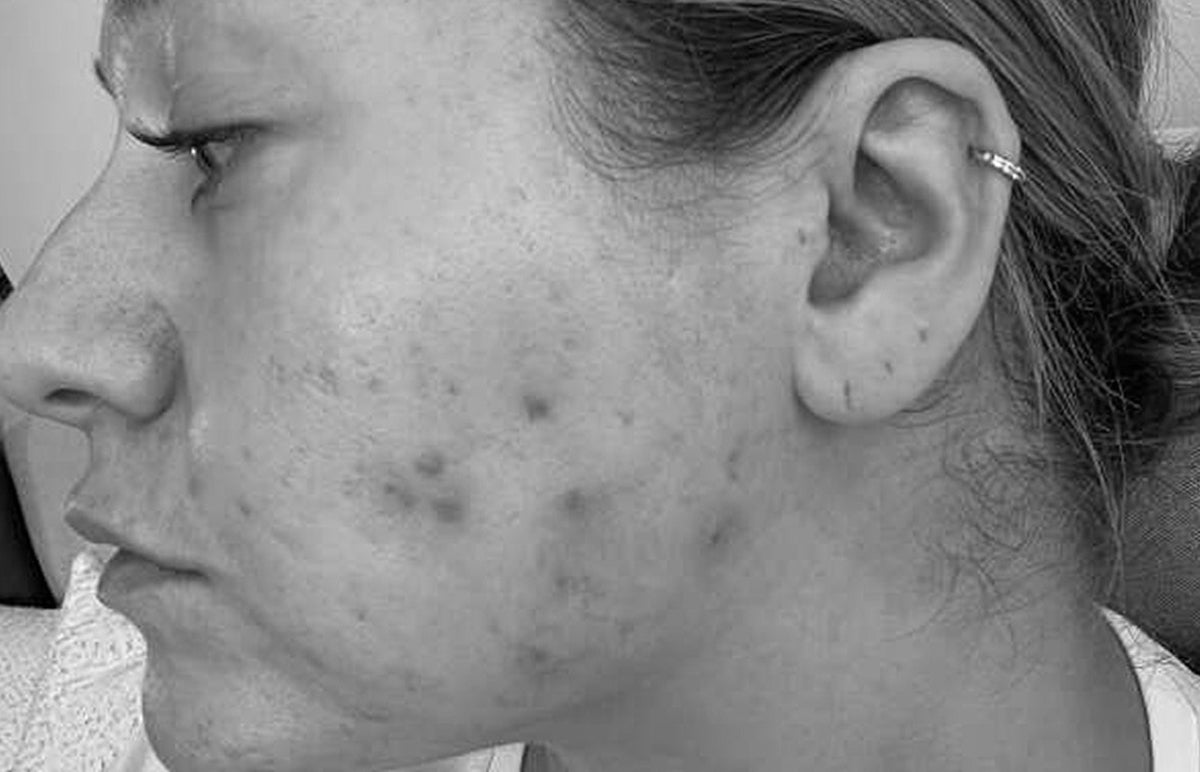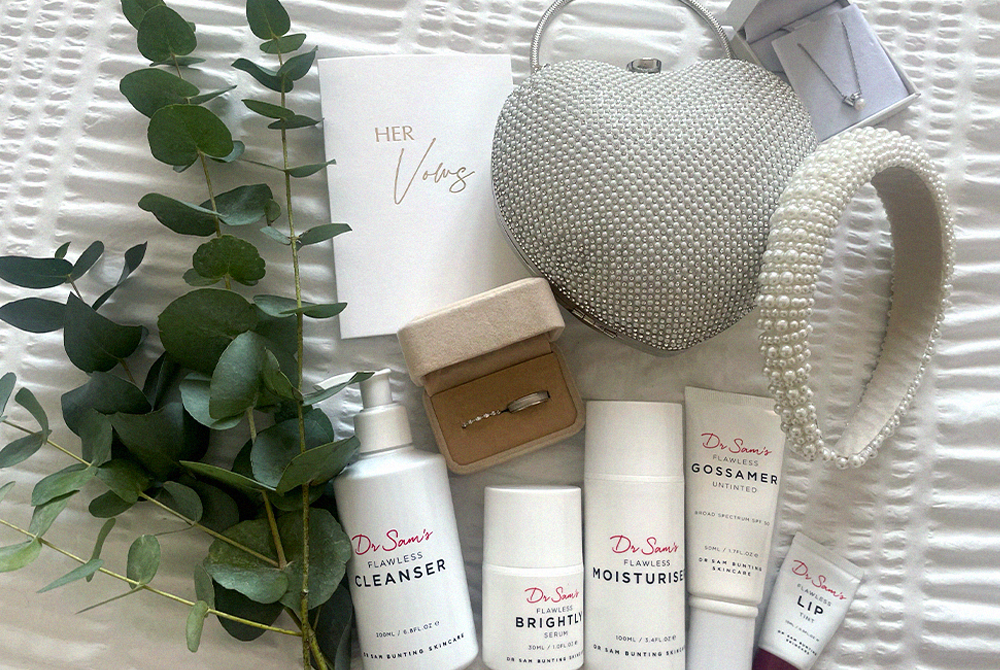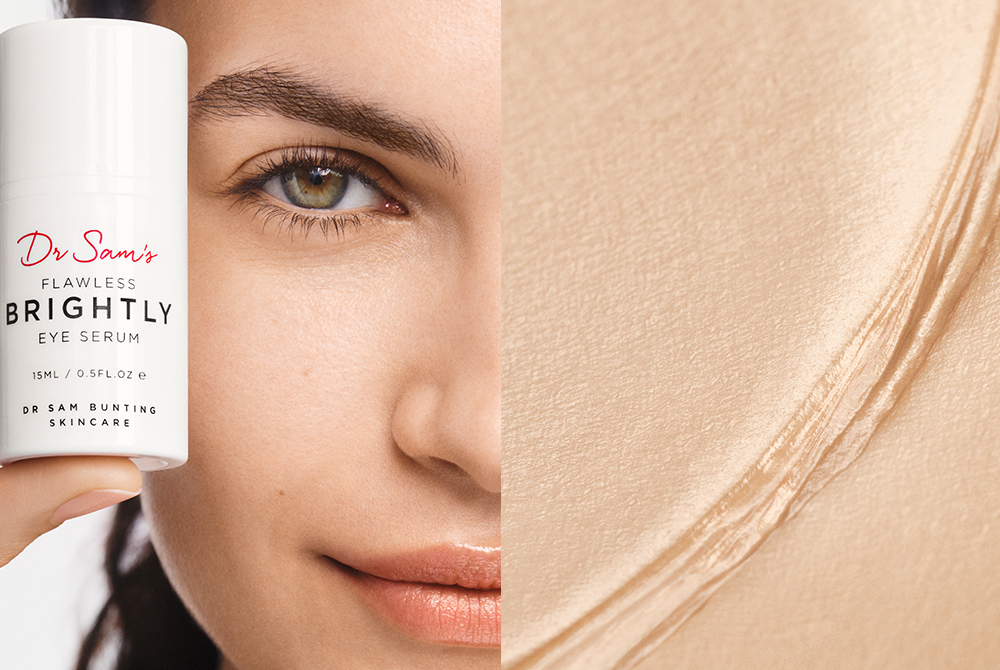Why Elastin is the Secret to Youthful Skin
What if I told you that aging wasn't all about collagen?
There's another protein that's just as important, if not more, that you might not have heard of. And it's called elastin. The clue is in the name. Elastin is what gives your skin its elastic recoil, its snap, and it's especially important around the eyes.
The Role of Elastin in Skin Health
While most of our skin is made up from collagen, elastin is only present at about 2 to 4% of the total protein in your skin. However, it is of critical importance if we want to stay youthful. That “crumple zone” around your eye when you smile - that's a change in your skin's elastin.
Whilst we can't make any more of it - we’re given what we're given - we can protect it. A good way to think about elastin is to imagine your favourite lycra dresses which over time loses its ping. That's because the lycra stretches and distorts with wear and tear. So too the elastin in your skin. Over time, the environment takes its toll. It ages intrinsically, due to the generation of free radicals. But more critically, environmental UVA plays a really big part in changing our skin's elastin. The result is skin that just won't snap back.
Collagen vs. Elastin: Understanding the Difference
It's interesting to compare and contrast collagen. We’re actually very good at getting the skin to make more of it. We can use Actives in creams, we can protect it against uv, we can do procedures like microneedling to stimulate production.
The collagen genes switch on very easily and so our skin readily makes more. And that means we can restore skin firmness without too much trouble. Elastin, on the other hand, is a much bigger, more complex molecule - herein lies the problem. We have to formulate something called tropoelastin inside our dermal fibroblasts, and then multiple molecules of this get exported and assembled onto a network of fibrillin.
This is a really complex multi step process and we don't seem to be able to get our skin to do this once we reach puberty.

How to Protect Your Elastin: A Three-Step Approach
Here’s a three-step approach to keeping your elastin in the best possible shape.
Step 1: Broad-Spectrum Sunscreen is a Must
This will be no surprise. I've mentioned UVA is the number one enemy of your skin's elastin. So, high factor broad spectrum sunscreen has to be the first thing you put in place to keep your skin elastic and bouncy.
UVA rays penetrate deeply into your skin's dermis, which is the deeper layer, and they damage your elastin, something we can actually see down the microscope. The elastin becomes broken up and chaotic and doesn't form this nice stretchy network. That is why I'm always pleading with you to wear broad spectrum sunscreen correctly dosed, distributed and reapplied.
It’s not about those burning UVB rays - it’s to protect your elastin from UVA rays. Get out the measuring spoons if you aren't sure about correct dosing - it’s more than you think. Remember to distribute it evenly using the 13 Dot Technique and do not miss around the eyes. It is critical to treat your delicate eye area where your elastin is ultra-precious with adequate UVA protection every single day.
Use mineral sunscreen if you're worried about stinging your eyes. And if you're somewhere sunny and you're outdoors, please reapply throughout the day.
Step 2: Boost Your Skin with Antioxidants
Next up, antioxidants. The reason these are so important is that in reality, we tend to underdose our sunscreen.
Antioxidants capture free radicals that are generated by ultraviolet rays that get through your sunscreen.
There are lots of options and ideally they will all work together. But some of the best that we know in terms of performance are vitamin C, niacinamide, and remember, your retinoid is also an antioxidant. For the delicate eye area we want to be extra-careful due to the skin's thin barrier there, which predisposes to sensitivity. Ingredients like niacinamide are fantastic because they help to build the skin barrier and therefore tolerance at the same time. I also like bakuchiol because that's a great alternative to your retinoid and can happily be used throughout the day. I also love a new ingredient called milk thistle extract, which is a potent flavonoid that's also effective at reducing oxidative stress.

Step 3: Future-Proof Your Skin with Mitochondrial Support
This is the area that I think of as being the most exciting in skincare right now - future proofing your skin. This is particularly critical around the eye area, where premature ageing tends to appear first. This approach helps tackle the root causes of aging. The two root causes with the most interest in skin care right now are mitochondrial dysfunction and cellular senescence.
The Role of Mitochondrial Health in Skin Ageing
I've been talking about mitochondrial dysfunction for about a year now with the launch of our Flawless Moisturiser Intense, and then our Flawless Vitamin C NAD+ Serum. The reason that our mitochondria are so important is because they are the battery of your cell. For a cell to perform all its basic housekeeping functions, to maintain collagen, to even respond to your retinoid…it needs energy.
For healthy batteries, our cells also need a molecule called NAD. The bad news is the DNA that codes for mitochondria, which are protein structures, are very susceptible to UVA damage. They're not wrapped up in the nucleus like the main DNA of the cell. And there are no repair enzymes. And that means over time, with oxidative stress, your mitochondrial DNA gets damaged and your mitochondria wear out. The batteries run down. That's why I was so excited to discover the ingredient, sunflower shoot extract, or SSE, because it helps recharge your cell batteries and helps promote youthful gene expression by increasing the amount of available NAD+ in the cells. This is exactly what we need if we are to maintain healthy and springy elastin.
The Role of Cellular Senescence in Ageing
Now, let’s come on to cellular senescence. This is a really interesting area of science right now. We know that as cells turn over, their DNA will get damaged as a normal consequence of oxidative stress. A little is ok, a lot is not. The skin, as our frontline interacting with our environment, is constantly being exposed to the environment, which leads to DNA damage. So then we need enzymes to repair the damage.
Imagine you go in a boat in the sun for a week and don't wear sunscreen - that’s going to create a lot of senescent cells. Now, these are cells that are not healthily functioning, but they're also not programmed to die off, which is what we want whenever a cell has been badly damaged.
Instead, they're living in a sort of twilight zone. In fact, we call them zombie cells affectionately. And that's because they spew out harmful inflammatory mediators which damage your collagen and create an environment that accelerates aging.
How to Combat Senescent Cells
But not only that… A zombie cell is able to touch another healthy cell and make it senescent. And this creates a vicious cycle which accelerates the aging process, which is not what we want. The good news is we now have ingredients that tackle senescence at the root cause by helping convert zombie cells back to healthy ones, or by eliminating them.
You might well have heard of milk thistle extract. It's renowned for helping detoxify the liver after a hangover. But the amazing news is it's helpful in our skin, too, as it both has antioxidant properties, helping with repair and renewal, and it helps with cellular senescence. Find it in Flawless Brightly Eye Serum
The Future of Elastin Skincare
I am truly excited about the fact that we have this new way of impacting our elastin health. And like with all the routines, I recommend it's about combining the right ingredients in the right combination at the right concentration, using synergy to get the best results for your skin.

